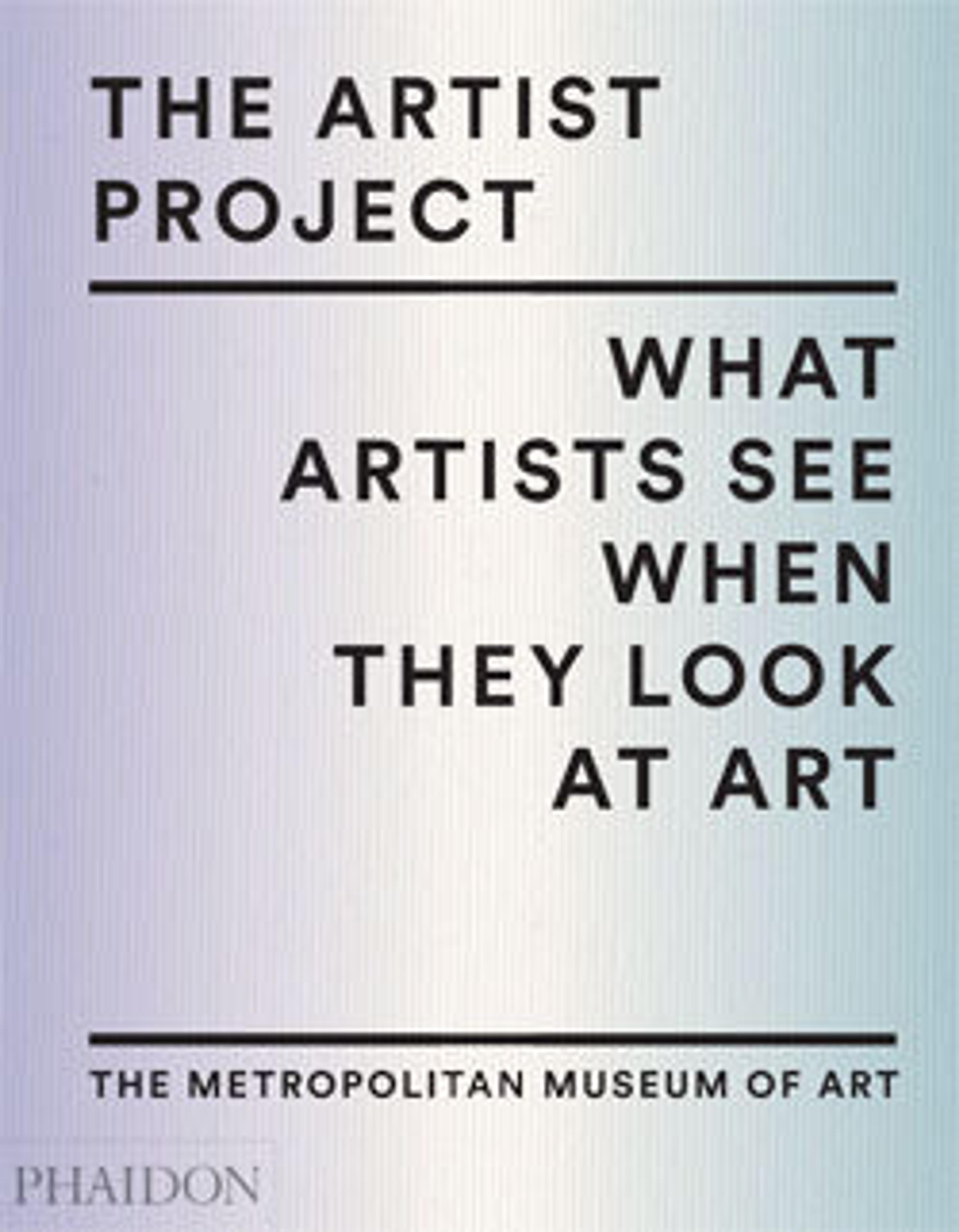Harpsichord
This harpsichord has three sets of unison strings, one of which is plucked at a point very close to the nut, producing a brighter timbre than the others. The mermaid holding one of the supporting columns is a device of the Colonna family. The painting inside the lid is a landscape that includes a hunter and his dog. On the lid above the keywell is a scene depicting Tobias and the angel Raphael. The conventionalized foliage and the aerial perspective are associated with the work of Gaspard Dughet, brother-in-law of Nicolas Poussin, who painted chiefly in Rome.
Technical description: Inner-outer case, inner of cypress or cedar with spruce or fir soundboard, present compass AA-c3, 3x8', probably enlarged from C/E-c3 2x8'; pin-block, nuts and registers possibly not original; interior much altered; in painted outer case on 3 columnar legs, front 2 supporting crowned mermaid, signia of the Colonna family.
Technical description: Inner-outer case, inner of cypress or cedar with spruce or fir soundboard, present compass AA-c3, 3x8', probably enlarged from C/E-c3 2x8'; pin-block, nuts and registers possibly not original; interior much altered; in painted outer case on 3 columnar legs, front 2 supporting crowned mermaid, signia of the Colonna family.
Artwork Details
- Title: Harpsichord
- Date: late 17th century
- Geography: Italy
- Culture: Italian
- Medium: Wood, paint, various materials
- Dimensions: Instr. 244cm x 90cm x 31cm
front stand 82.5cm x 22cm x 78cm
back stand 21cm x 21cm x 78cm - Classifications: Chordophone-Zither-plucked-harpsichord, Paintings
- Credit Line: Gift of Susan Dwight Bliss, 1945
- Object Number: 45.41a-c
- Curatorial Department: Musical Instruments
More Artwork
Research Resources
The Met provides unparalleled resources for research and welcomes an international community of students and scholars. The Met's Open Access API is where creators and researchers can connect to the The Met collection. Open Access data and public domain images are available for unrestricted commercial and noncommercial use without permission or fee.
To request images under copyright and other restrictions, please use this Image Request form.
Feedback
We continue to research and examine historical and cultural context for objects in The Met collection. If you have comments or questions about this object record, please contact us using the form below. The Museum looks forward to receiving your comments.
